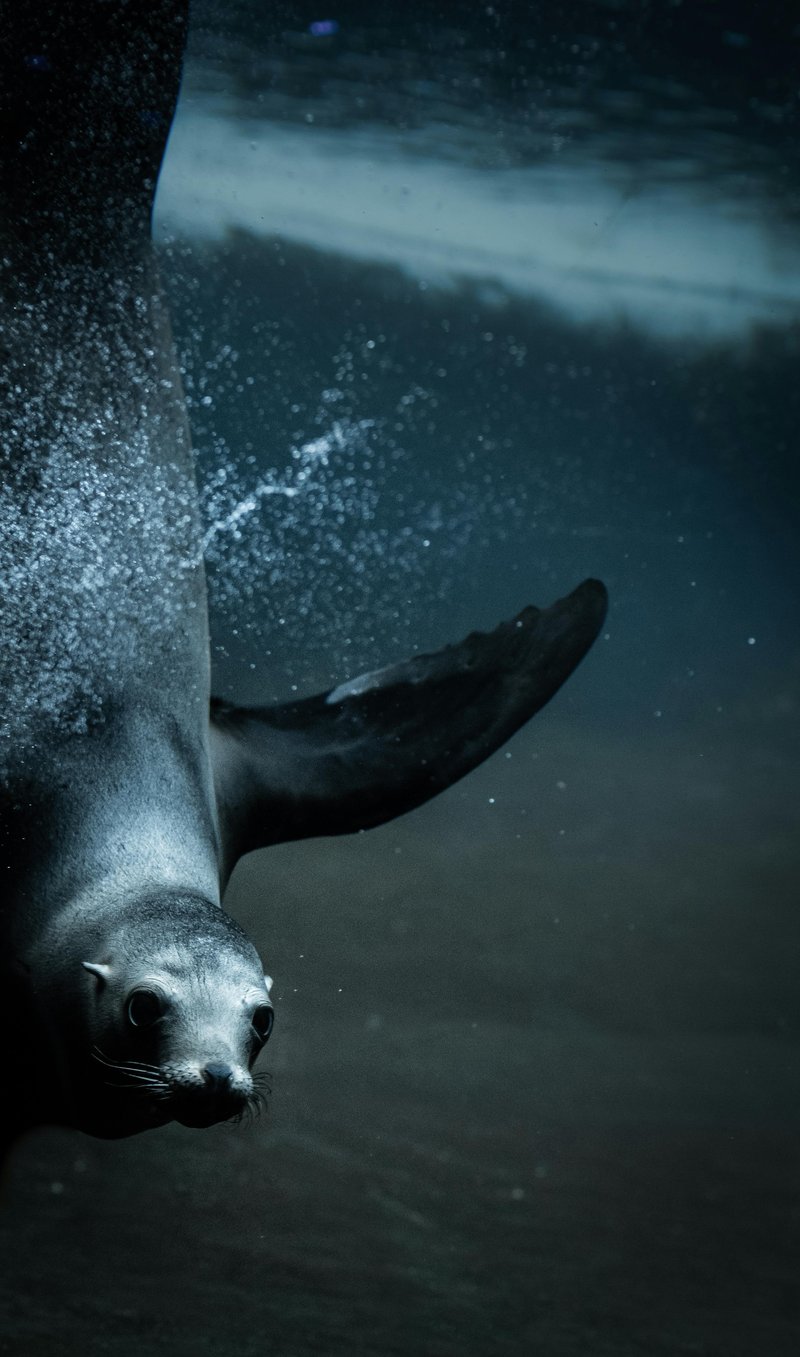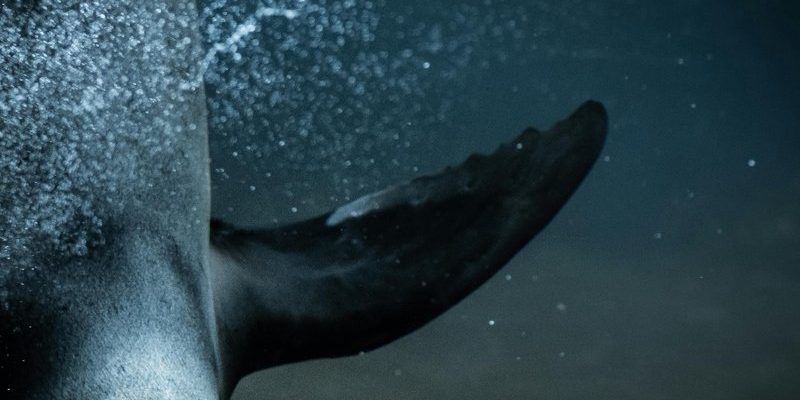
Just imagine trying to navigate through a vast ocean without the tools you need. You’d struggle to find food, evade predators, or even have a good time playing with friends. Seals, however, have evolved some impressive features that allow them to swim, hunt, and communicate with ease. From their sleek bodies to their specialized senses, these adaptations are central to how they live and flourish underwater.
Sleek Body Shape for Speed
One of the first things you’ll notice about seals is their streamlined body shape. This design is crucial for swimming efficiently. With a tapered head, long, slender body, and powerful flippers, seals can glide through the water with minimal resistance. Think about it like a sports car slicing through the wind; the more aerodynamic the shape, the faster it moves.
Their body fat, or blubber, serves a dual purpose. Not only does it keep seals warm in chilly waters, but it also adds buoyancy. Imagine wearing a snug life jacket while swimming—it helps you stay afloat while adding some extra warmth. This fat layer is essential for seals living in polar regions, where freezing temperatures are a daily challenge.
Specialized Flippers
Seals have front flippers that are smaller and more paddle-like, which they use to propel themselves forward. The back flippers are larger and act like rudders, steering them in the right direction. This combination allows for remarkable agility in the water. You might say they’re the Swiss army knife of the sea, equipped for speed, maneuverability, and balance.
Interestingly, seals use their flippers differently when they’re on land. Instead of swimming, they rely on their powerful forelimbs to push themselves along. It’s a bit like a dog drags itself on its belly when it’s tired. This adaptation helps seals move seamlessly between their aquatic and terrestrial habitats.
Exceptional Diving Abilities
Seals are incredible divers, with some species capable of plunging to depths of over 1,500 feet! But what makes them such proficient divers? It all comes down to a few key adaptations. For starters, seals can hold their breath for an impressive amount of time—up to two hours in some cases! This capability allows them to explore the ocean floor for food while avoiding potential threats.
They have a special feature called hemoglobin, which enables their blood to carry more oxygen. Picture it like having a high-performance gas tank that stores extra fuel for those long dives. Additionally, seals can slow their heart rates to conserve oxygen while submerged. It’s like hitting the pause button to make sure they don’t run out of breath too quickly.
Pressure Resistance
As seals dive deep, they encounter increasing water pressure, which can be dangerous. But they have anatomical adaptations that help them handle this pressure. Their lungs can collapse under high pressure, preventing damage, and their bodies contain flexible tissues that can withstand the extreme conditions. Think of it this way: seals are built like a well-engineered submarine, designed to handle the intense forces of the deep sea.
Enhanced Sensory Systems
Seals also boast remarkable senses that aid in hunting and navigating underwater. Their eyesight is particularly notable. Seals can see well both in air and underwater, thanks to their unique eye structure. They have a special lens that allows them to focus on objects below the surface, making them expert hunters even in murky waters.
Their whiskers, or vibrissae, are another fascinating adaptation. These sensitive hairs can detect vibrations and movements in the water, acting like a radar system. When a seal is hunting, it can feel the slightest movements made by fish or other prey—like a musician hearing the faintest note in a silent room.
Acoustic Communication
Communication is vital for seals, whether they’re socializing or signaling danger. They use vocalizations that travel well underwater. These sounds can be complex, ranging from barks to growls, and help them maintain social bonds or warn each other about threats. Just like how we’d shout to a friend across a noisy party, seals use sound to connect in their bustling ocean home.
Coloration and Camouflage
Seals often have unique patterns and colors that provide camouflage in their aquatic environment. Many species have grayish or brownish tones that blend in with the ocean floor or rocky surfaces. This protective coloration helps them evade predators, much like how a chameleon changes its shade to avoid being spotted.
Interestingly, some seals even change color based on their surroundings. When they’re in colder waters, they develop a thicker layer of blubber, altering their appearance and providing an extra layer of protection. Think of it as wearing seasonal clothing to stay comfortable, just like we do!
Protective Mechanisms
In addition to camouflage, seals have several defensive strategies. Their size and speed allow them to evade most predators, but when threatened, they can dive deep or swim rapidly to escape. Some species even collaborate with other marine animals, such as dolphins, for added protection. It’s like forming a neighborhood watch in the animal kingdom, protecting each other from potential dangers.
Social Structure and Behavior
Seals are often social creatures, living in groups called colonies or pods. This social structure plays a crucial role in their survival. By sticking together, they can watch for predators, share information about hunting opportunities, or even rear young more effectively. Think of it like a close-knit community that looks out for one another—everyone has each other’s backs!
Additionally, social interactions among seals can be quite playful. They often engage in activities like sliding down ice or playing with seaweed, which helps strengthen bonds within the group. Strong social ties not only benefit their emotional well-being but also enhance their chances of survival.
Learning and Adaptation
Young seals learn vital skills from their mothers or older members of the colony. This learning process is crucial for their survival. By observing and imitating, pups develop hunting techniques and survival strategies that will serve them well as they grow. It’s similar to how human children learn from adults, picking up skills and knowledge through observation and practice.
Seals are truly remarkable creatures, showcasing a range of adaptations that allow them to thrive in challenging underwater environments. From their sleek bodies and exceptional diving abilities to their heightened senses and social behaviors, these mammals have evolved to conquer the sea.
Understanding how seals are built for life in the water helps us appreciate the beauty of nature’s designs. As we dive deeper into their world, we gain insight into the balance of ecosystems and the importance of protecting these amazing animals. So the next time you see a seal, whether basking on a rock or gliding through the waves, remember the incredible adaptations that make them such wonderful swimmers!

